Foreword
Preface
SECTION 1: Effective feline practice
1. The cat-friendly practice
Margie Scherk
2. Preventive healthcare: a life-stage approach
Susan Little
3. Practical therapeutics
Jill E. Maddison and Jo Murrell
SECTION 2: Common presenting complaints
4. Feline emergencies
4.1 Collapse
Angie Hibbert
4.2 Dyspnoea, tachypnoea and hyperpnoea
Angie Hibbert
4.3 Hypercalcaemia
Samantha Taylor
4.4 Hypocalcaemia
Samantha Taylor
4.5 Hypoglycaemia
Samantha Taylor
4.6 Hypokalaemia
Samantha Taylor
4.7 Seizures
Laurent Garosi
4.8 Sudden-onset blindness
Natasha Mitchell
4.9 Toxins – common feline poisonings
Martha Cannon
4.10 Trauma and wound management
Geraldine Hunt
4.11 Urethral obstruction
Danièlle-Gunn Moore
5. Other common feline problems
5.1 Abdominal effusion
Myra Forster-van Hijfte
5.2 Abdominal masses
Myra Forster-van Hijfte
5.3 Alopecia
Natalie Barnard
5.4 Anaemia
Séverine Tasker
5.5 Anorexia
Samantha Taylor and Rachel Korman
5.6 Ataxia
Laurent Garosi
5.7 Azotaemia
Kathleen Tennant
5.8 Cat bite abscesses
Martha Cannon
5.9 Constipation
Albert E. Jergens
5.10 Coughing
Angie Hibbert
5.11 Dehydration
Samantha Taylor
5.12 Diarrhoea
Albert E. Jergens
5.13 Haematuria
Danièlle-Gunn Moore
5.14 Hairballs
Margie Scherk
5.15 Head shaking and/or ear scratching
Natalie Barnard
5.16 Head tilt
Laurent Garosi
5.17 Heart murmur
Kerry Simpson
5.18 Hypertension
Sarah Caney
5.19 Hyphaema
Natasha Mitchell
5.20 Inappropriate defecation
Andrea Harvey
5.21 Inappropriate urination, dysuria and pollakiuria
Samantha Taylor
5.22 Jaundice
Andrea Harvey
5.23 Lameness
Sorrel J. Langley-Hobbs
5.24 Mentation and behavioural changes
Laurent Garosi
5.25 Ocular discharge
Natasha Mitchell
5.26 Overgrooming and pruritus
Natalie Barnard
5.27 Pica
Samantha Taylor
5.28 Polyphagia
Darren Foster
5.29 Polyuria and polydipsia
Sarah Caney
5.30 Pyrexia and hyperthermia
Mike Lappin
5.31 Raised liver parameters
Kathleen Tennant
5.32 Regurgitation
Myra Forster-van Hiijfte
5.33 Skin masses, nodules and swellings
Natalie Barnard
5.34 Sneezing and nasal discharge
Richard Malik and Andrea Harvey
5.35 Vomiting
Albert E. Jergens
5.36 Weight loss
Samantha Taylor
SECTION 3: Management of common disorders
6. Managing skin disorders
Natalie Barnard
7. Dental disorders and their management
Lisa Milella
8. Management of eye disease
Natasha Mitchell
9. Management of cardiovascular disorders
Luca Ferasin
10. Management of respiratory disorders
Angie Hibbert
11. Management of gastrointestinal disorders
Albert E. Jergens
12. Management of hepatic and pancreatic disorders
Andrea Harvey
13. Management of urinary tract disorders
Samantha Taylor
14. Management of endocrine disorders
Nicki Reed
15. Management of reproduction and related disorders
Susan Little
16. Management of fractures and orthopaedic disease
Sorrel J. Langley-Hobbs
17. Management of neurological and neuromuscular disorders
Laurent Garosi
18. Management of behavioural disorders
Vicky Halls
19. Infectious diseases
Vanessa Barrs and Julia Beatty
20. Management of haematological disorders
Séverine Tasker
21. Management of commonly encountered feline cancers
Mark Goodfellow
Appendix
Suture patterns
Geraldine Hunt
Index
Quick reference guides
QRG 1.1 Calculation of energy requirements for ill cats
Marge Chandler
QRG 1.2 Handling techniques for simple procedures
Suzanne Rudd
QRG 1.3 Examining the eye
Natasha Mitchell
QRG 1.4 Examining the mouth in a conscious cat
Lisa Milella
QRG 1.5 Thoracic examination and auscultation
Kerry Simpson
QRG 1.6 Performing a neurological examination
Laurent Garosi
QRG 1.7 Blood sampling: practical tips
Martha Cannon
QRG 2.1 Calculation of energy requirements for life stages and weight management
Marge Chandler
QRG 2.2 Prepubertal neutering of kittens
David Yates
QRG 2.3 Prepubertal neutering of males: castration
David Yates
QRG 2.4 Prepubertal neutering of females: ovariohysterectomy
David Yates
QRG 2.5 Compassionate euthanasia
Martha Cannon
QRG 3.1 Giving oral medications to cats
Martha Cannon
QRG 4.1.1 Intravenous catheterization
Samantha Taylor
QRG 4.1.2 Approach to hypotension
Angie Hibbert
QRG 4.1.3 Intravenous fluid therapy
Samantha Taylor
QRG 4.1.4 Recording and interpreting an electrocardiogram
Luca Ferasin
QRG 4.2.1 Immediate management of severe dyspnoea
Angie Hibbert
QRG 4.2.2 Oxygen therapy
Angie Hibbert
QRG 4.2.3 Emergency thoracic radiography
Esther Barrett
QRG 4.2.4 Thoracocentesis
Angie Hibbert
QRG 4.2.5 Inserting a chest drain
Geraldine Hunt
QRG 4.2.6 Inserting a small-bore wire-guided chest drain
Dan Lewis
QRG 4.4.1 Treatment of hypocalcaemia
Samantha Taylor
QRG 4.5.1 Treating hypoglycaemia
Samantha Taylor
QRG 4.6.1 Treatment of hypokalaemia
Samantha Taylor
QRG 4.7.1 Emergency management of the seizuring cat
Laurent Garosi
QRG 4.10.1 Abdominal rupture and hernia management
Geraldine Hunt
QRG 4.10.2 Bladder rupture repair
Geraldine Hunt
QRG 4.11.1 Approach to hyperkalaemia
Angie Hibbert
QRG 4.11.2 Relief of urethral obstruction in a tomcat
Danièlle-Gunn Moore
QRG 4.11.3 Urinalysis
Kathleen Tennant
QRG 4.11.4 Cystocentesis
Margie Scherk
QRG 5.1.1 Abdominocentesis
Myra Forster-van Hijfte
QRG 5.3.1 Wood’s lamp examination
Natalie Barnard
QRG 5.3.2 Hair plucks
Natalie Barnard
QRG 5.3.3 Skin biopsy
Natalie Barnard
QRG 5.4.1 Making and examining a blood smear
Séverine Tasker
QRG 5.4.2 Haematological assessment
Kathleen Tennant
QRG 5.4.3 Obtaining bone marrow samples
Séverine Tasker
QRG 5.5.1 Enteral assisted nutrition
Rachel Korman
QRG 5.5.2 Placement of a naso-oesophageal feeding tube
Rachel Korman
QRG 5.5.3 Placement of an oesophagostomy feeding tube
Rachel Korman
QRG 5.10.1 Bronchoalveolar lavage (BAL)
Angie Hibbert
QRG 5.15.1 Ear flushing
Natalie Barnard
QRG 5.15.2 Ear cytology
Natalie Barnard
QRG 5.18.1 Measuring blood pressure
Sarah Caney
QRG 5.18.2 Treatment of hypertension
Sarah Caney
QRG 5.21.1 Radiographic contrast studies of the lower urinary tract
Myra Forster-van Hijfte
QRG 5.26.1 Coat brushing
Natalie Barnard
QRG 5.26.2 Skin scrapes
Natalie Barnard
QRG 5.26.3 Skin cytology
Natalie Barnard
QRG 5.33.1 Fine-needle aspiration
Kathleen Tennant
QRG 5.34.1 Evaluating the nasopharynx
Andrea Harvey and Richard Malik
QRG 5.34.2 Nasal flushing and biopsy
Andrea Harvey and Richard Malik
QRG 6.1 Dietary trial for cutaneous adverse food reaction
Natalie Barnard
QRG 7.1 Dental examination, scaling and polishing
Lisa Milella
QRG 7.2 Tooth extraction
Lisa Milella
QRG 8.1 Enucleation
Natasha Mitchell
QRG 10.1 Inhalant asthma treatment
Angie Hibbert
QRG 11.1 Gut biopsy
Geraldine Hunt
QRG 12.1 Liver biopsy
Geraldine Hunt
QRG 13.1 Increasing water intake
Samantha Taylor
QRG 13.2 Subcutaneous fluid therapy
Samantha Taylor
QRG 14.1 Intracapsular thyroidectomy with preservation of the cranial parathyroid gland
Geraldine Hunt
QRG 14.2 Ear vein sampling for blood glucose determination
Nicki Reed
QRG 15.1 Diagnosing and managing dystocia
Susan Little and Geraldine Hunt
QRG 17.1 Tail-pull injuries and tail amputation
Geraldine Hunt
QRG 20.1 Feline blood types and blood typing methods
Suzanne Rudd
QRG 20.2 Blood transfusion
Suzanne Rudd
QRG 21.1 Lymph node excision
Geraldine Hunt
QRG 21.2 Chemotherapy for lymphoma
Mark Goodfellow
QRG 21.3 Pinnectomy
Geraldine Hunt
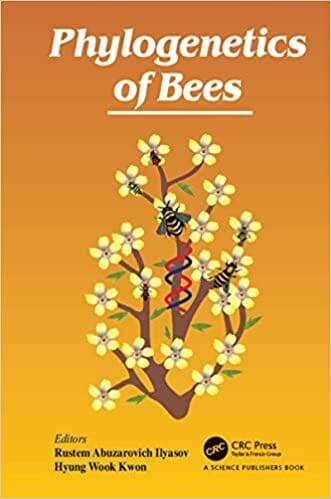

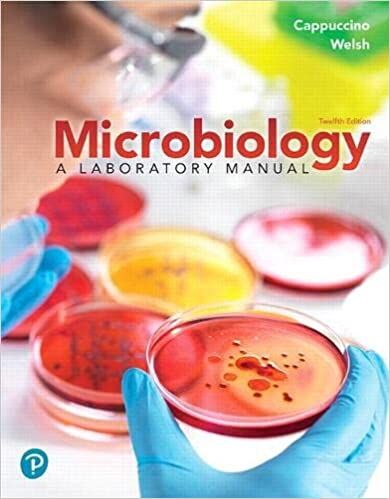
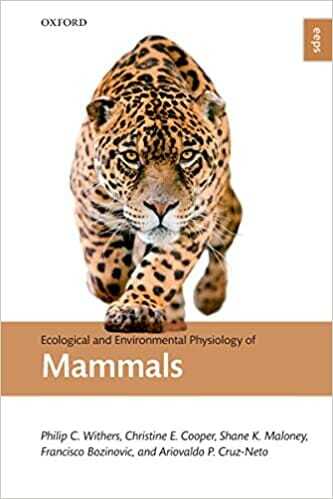
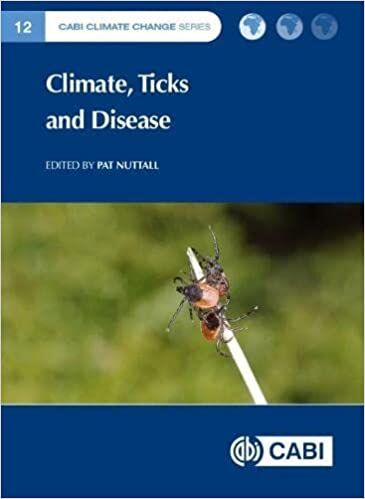
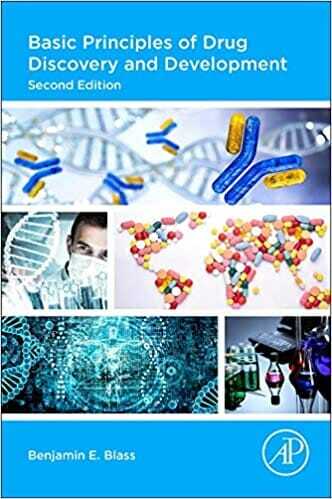
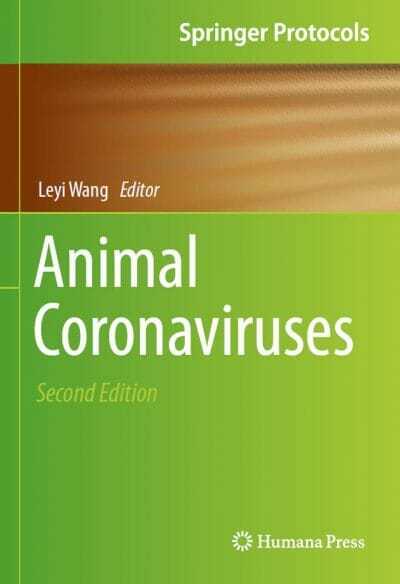
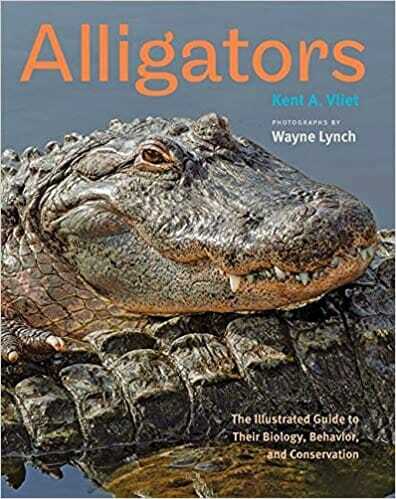
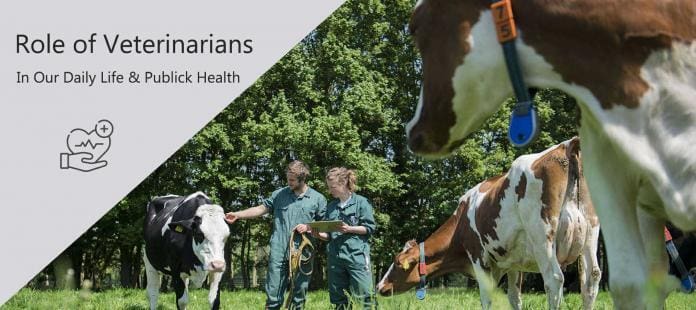
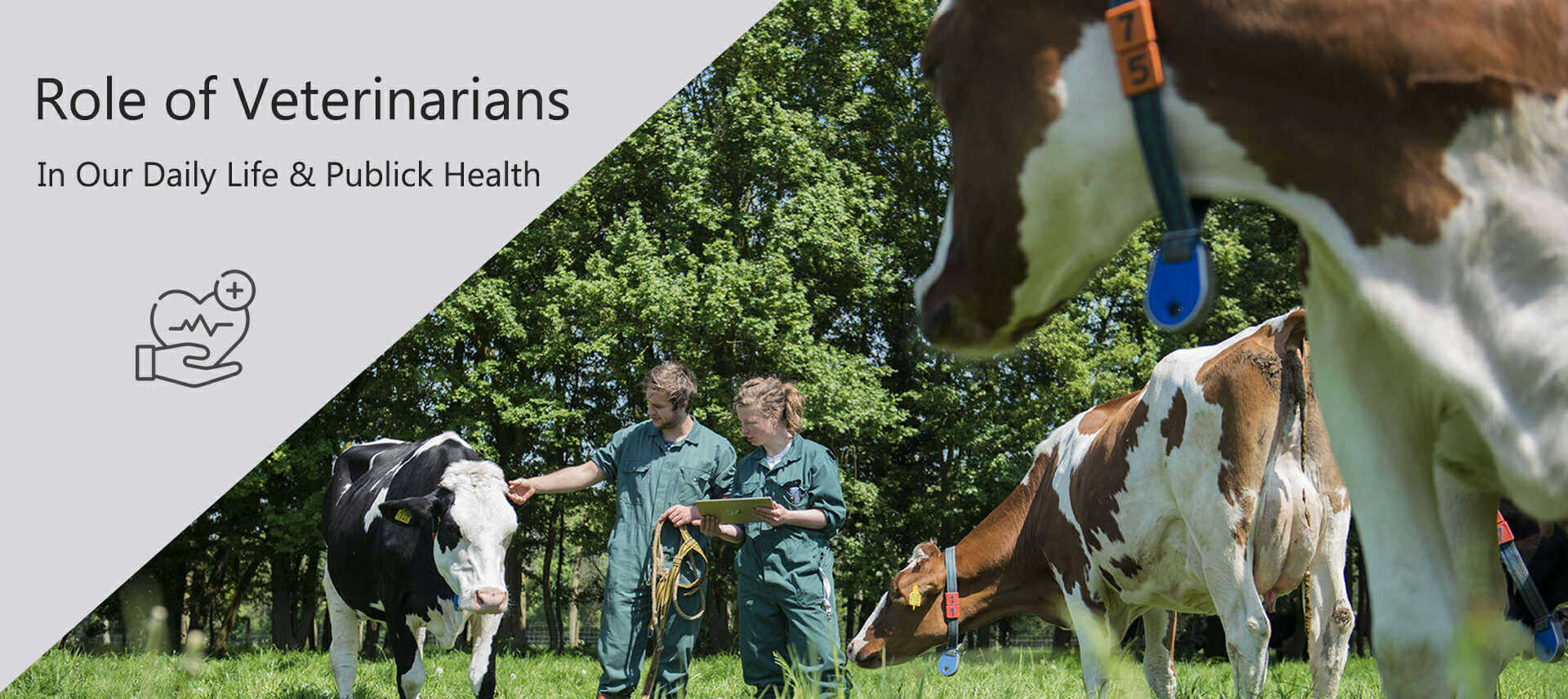

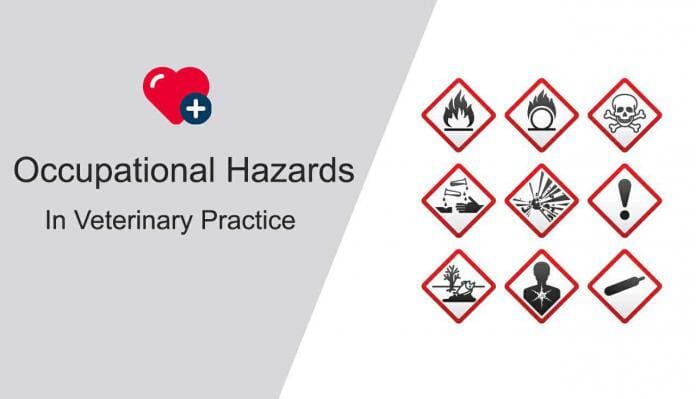
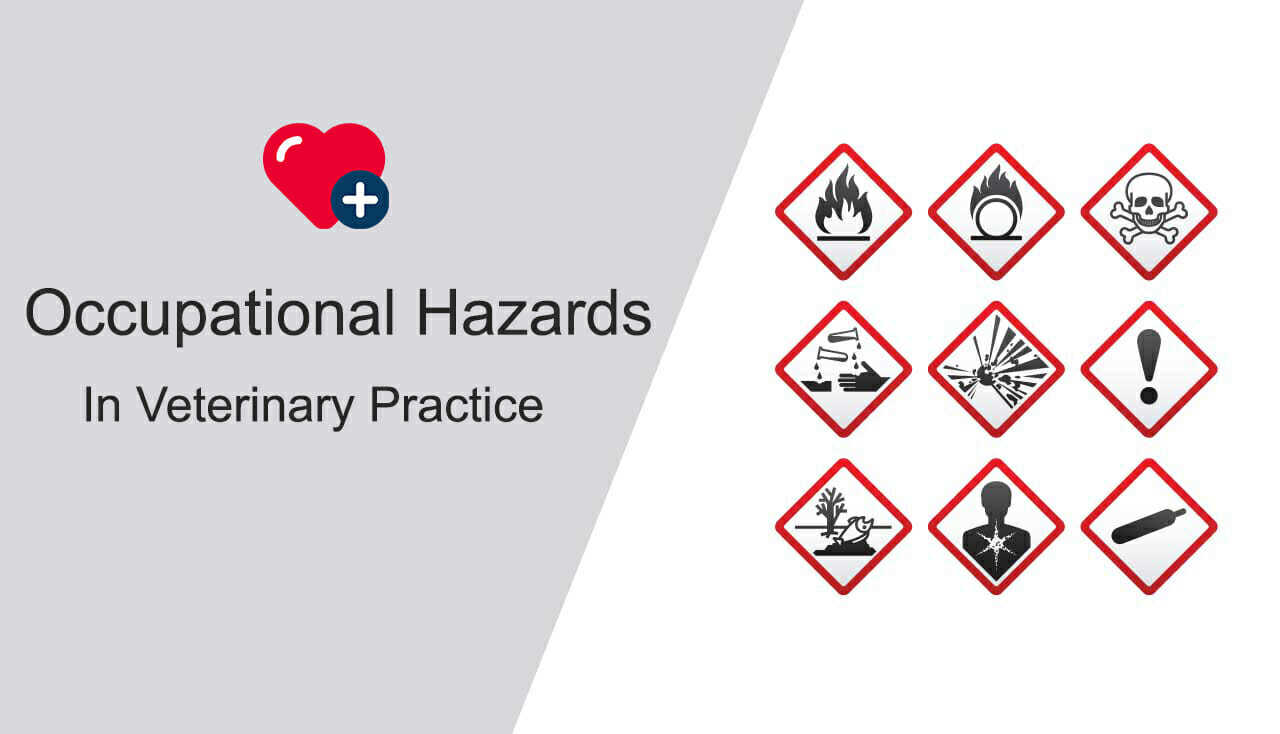
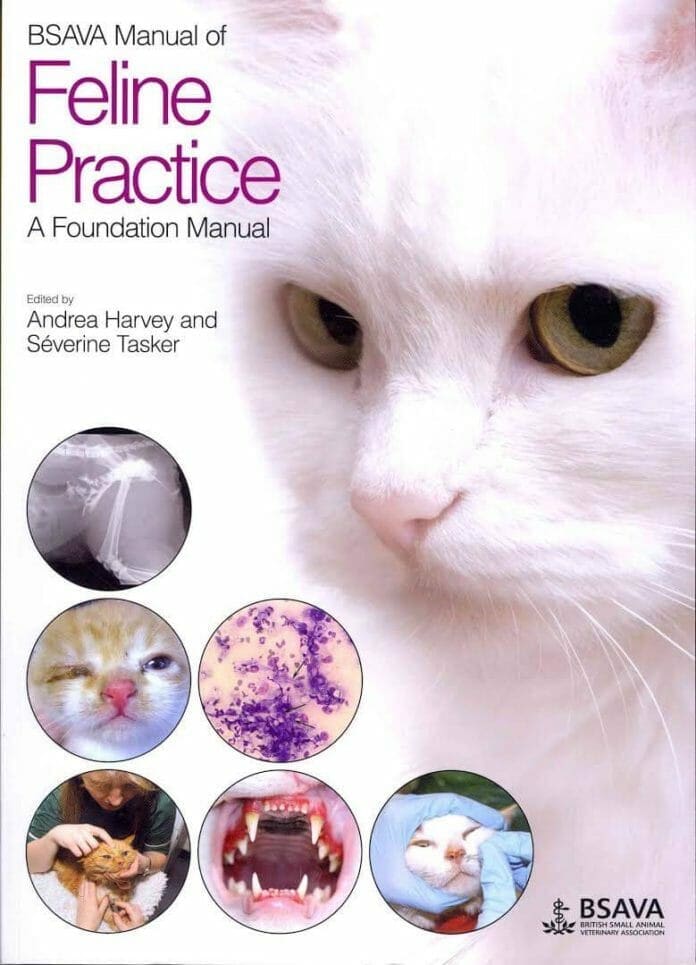
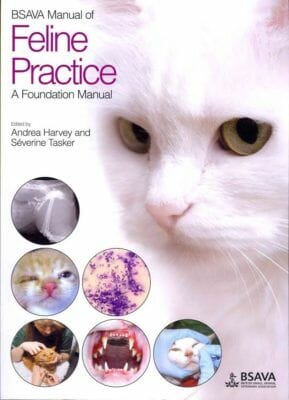




![Ettinger’s Textbook of Veterinary Internal Medicine 9th Edition [PDF+Videos] Ettinger’s Textbook of Veterinary Internal Medicine 9th Edition [True PDF+Videos]](https://www.vet-ebooks.com/wp-content/uploads/2024/10/ettingers-textbook-of-veterinary-internal-medicine-9th-edition-100x70.jpg)

![Textbook of Veterinary Diagnostic Radiology 8th Edition [PDF+Videos+Quizzes] Thrall’s Textbook of Veterinary Diagnostic Radiology, 8th edition PDF](https://www.vet-ebooks.com/wp-content/uploads/2019/09/textbook-of-veterinary-diagnostic-radiology-8th-edition-100x70.jpg)






